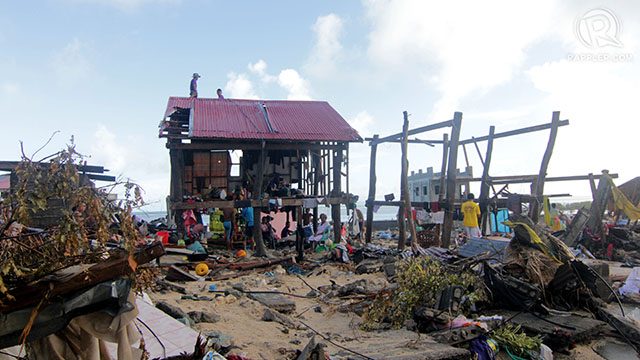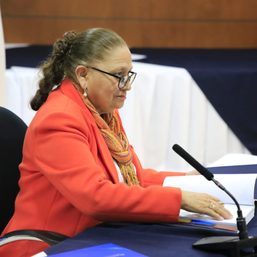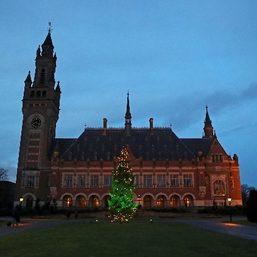SUMMARY
This is AI generated summarization, which may have errors. For context, always refer to the full article.

MANILA, Philippines – Only around a third of the core shelters needed in Yolanda-stricken areas have been completed 3 years after the deadly super typhoon hit the country, according to the Department of Social Welfare and Development (DSWD).
Based on the second part of the DSWD’s probe into the rehabilitation efforts for areas affected by Yolanda, 1,935 core shelters still have to be built as of August 15, 2016. These comprise 62.18% of the targeted 3,112 homes.
Only 1,017 or 32.68% have been completed while 160 or 5.14% are currently under construction. (READ: DSWD eyes new guidelines on shelter aid grant to disaster victims)
The DSWD’s core shelters are homes that can withstand winds of up to 180 kilometers per hour, earthquakes, and other natural disasters.
“It was shameful because we are all aware of how much the survivors have already suffered during and after Typhoon Yolanda, and yet we were unable to provide for what was promised them – safe houses they can rest in as they try to recover from the extreme stress and trauma they suffered,” Social Welfare Assistant Secretary Aleli Bawagan said in a statement.
Bawagan heads the DSWD-led investigation into the alleged irregularities related to post-Yolanda relief and rehabilitation.
Construction delay
The report listed the following causes of delay in the housing construction:
- Local government units failed to secure lots for relocation.
- Families in the DSWD’s cash for work program weren’t able to focus on constructing their homes because they had to tend to other jobs for additional income.
- Suppliers were hesitant to bid for the projects because some relocation sites are located in far-flung communities.
- Various agencies (such as the National Housing Authority, non-governmental organizations, and private firms) compete for supplies and labor.
In the town of Inopacan in Leyte, some 62 out of 350 beneficiaries backed out of the Core Shelter Assistance Program (CSAP) because they need to demolish the houses they currently live in as part of the DSWD’s conditions.
Funding for the CSAP came from grants of aid groups such as the United Nations Habitat, Associates of the Urban Poor, and the Asian Development Bank.
The budget for each unit is P70,000, which makes the total project cost P217.84 million. – Rappler.com
Add a comment
How does this make you feel?


![[WATCH] Try This: Empanada Salteña from Argentina](https://www.rappler.com/tachyon/2023/04/try-this-empanada-saltena-argentina.jpg?resize=257%2C257&crop=765px%2C0px%2C1037px%2C1037px)


There are no comments yet. Add your comment to start the conversation.